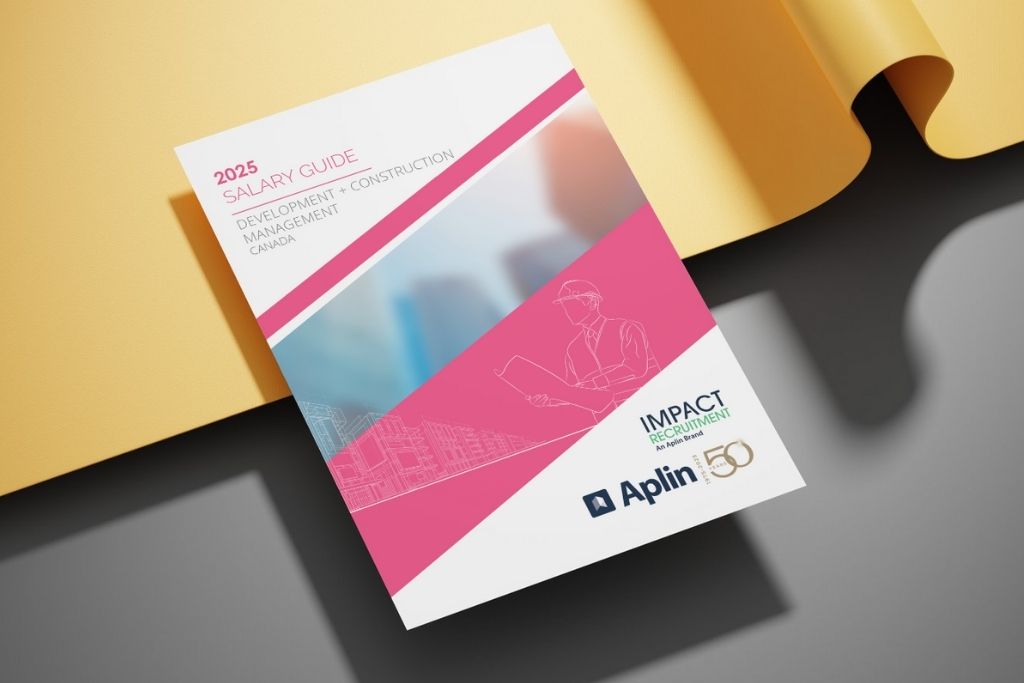Client Responsiveness in the Recruiter-Client Relationship
Share This Article
Reasons Clients May Be Less Than Responsive
Service partners can empathize with the diversity of reasons why clients may be slow to respond. Whether in supply chain operations, information technology, or accounting and finance, clients have competing priorities, both professionally and personally. The recruitment process may be continually pushed down the priority list by circumstances or conditions that change hourly. Hiring managers often feel the burden of overcommitment and understaffing. Meeting schedules may limit clients’ responsiveness to emails, phone calls, and voicemails.
The time gap between contact points may become longer and longer due to the initial enthusiasm wearing off, while waiting on other departments or colleagues to provide their feedback, or when hesitating to communicate with a service partner who is not delivering on agreed-upon requirements and expectations. Additionally, if the candidates received by the client do not meet the established criteria, the client may avoid contact and make other arrangements without informing them.
The Benefits of Great Client Responsiveness
To engage the right talent, posting and waiting is no longer an option. Great client responsiveness has many benefits:
Client responsiveness ensures the most value from the comprehensive investment in a service partner. During the initial stages of the relationship, clients dedicate intensive resources to develop a relationship with a new service partner. Similarly, service partners invest time, energy and resources to establish and maintain a connection with candidates that have been diligently sourced, screened and interviewed by the client. Allowing the time gap between contact points to extend further and further apart decreases the efficiency of the process in multiple ways, especially considering the time needed for the client to reorient himself to the details and progress of the project.
Client responsiveness may improve the talent pool and hire quality. As Mary Lorenz of CareerBuilder writes, “when it comes to recruiting, urgency is key.” When dealing with in-demand candidates, a delayed or lack of response to your service partner may result in missed opportunities and lost talent.
Client responsiveness may optimize the hiring timeline. Speeding up the time to fill positions will not only save time, but will also save money, effort, and many other resources.
4 Ways To Improve CLIENT RESPONSIVENESS
Details of the recruitment process, including the goals, milestones, timeframes, and actions and responsibilities of each stakeholder, will be outlined and agreed upon at the beginning of the process. Clients should revisit this plan frequently to maximize responsiveness at each step, ensure milestones are met, and avoid consequences of missed deadlines.
2. Communicate, Communicate, Communicate
The hiring manager and service partner will agree on the communication structure that will be used during the recruitment process, including turnaround times and methods of communication. A five- or 10-minute phone call may often be all that is needed to avoid endless email threads. Additionally, misunderstandings can be avoided when clients regularly communicate circumstances or conditions that impact their responsiveness.
3. Establish a System, and Stick to It
To protect the resources needed to be fully responsive, many hiring managers establish a system that works for them, and then stick to it. Depending on the urgency of the hiring process, clients can block out a chunk of time every day, or every few days, to review the progress on the search and respond when and where necessary.
4. Leverage Technology
Tech efficiency can make communication more convenient and improve responsiveness for both the client and the service provider. Agreeing on preferred channels of communication up front may improve responsiveness, but sometimes investing in learning new technology can improve the agility of the recruiting process. Although project management apps may have a bit of a learning curve, these tools can offer schedule flexibility and improve responsiveness through asynchronous collaboration. Web chat apps are effective for quick, real-time check-ins, clarifications, and questions.
As in life, clients will get out of their recruitment partnership what they put into it. Making the commitment to be proactive and responsive will maximize the value and benefits of the client’s investment.




